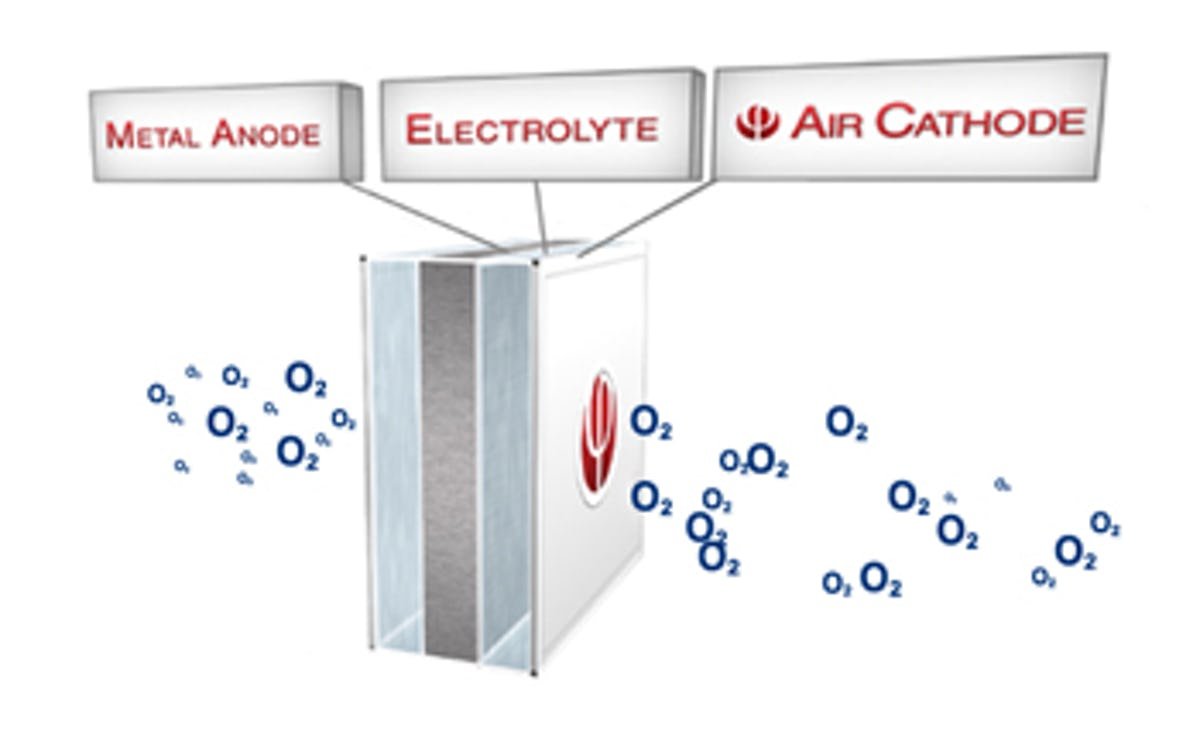All our mobile devices like laptop, smartphone, and even electric vehicles are running on a lithium-ion battery. Lithium-ion batteries have been working brilliantly for a long time, but things are changing, and their limitations are limiting us. Our devices are now very much dependent on battery power, because of this some new technology is needed. Aluminium-air battery may solve the problems that we face in lithium-ion, especially in EVs.
The world needs electric vehicles on the road to reduce the earth’s pollution level. Currently, people are not happy with the limited range of EVs. Even Tesla’s advanced technology manages to give up to 550 KM (average estimated range across all models). The advertised estimated range is according to the US-European road standards, So bad roads mileage may vary.
On the other hand, India’s TATA Nexon EV estimated single charge range is 312 KM. So, the ranges are decent and ok for the city drive but a problem, for a very long journey. Also, the EV takes an hour or more to full charge with the fast charger. Not similar to combustion engine cars that need few minutes to refuel.
The practical mileage of EV is less than the advertised range. Here, India’s EV users reported the average limit is around 200 KM of Nexon EV. Now, we can not say anything about Tesla.
Lithium deposits are limited, and India imports all of its lithium-ion battery. Countries that are top in producing Lithium are Chile, Australia, Argentina, China.
Drawbacks of Lithium-ion Battery
- Need lots of time to charge.
- Limited range.
- Temperature-sensitive.
- Charge cycles reduce the battery life.
What’s new in Aluminium-air Battery
The main improvement in Aluminum-air Battery is the battery life. Unlike lithium-ion, Aluminium-air Battery has the potential to give up to a 2000 KM range. It means Aluminium-air can give 5 to 10 times more backup than lithium-ion.
Availability of aluminium is abundant in India and many parts of different countries. For India in particular, it will help reduce battery imports.
A big problem with Aluminum-air batteries is that you cannot recharge them.
Aluminium-air battery working
Here, Aluminium is used as an anode and oxygen as a cathode. Between both anode and cathode, water is used for chemical reaction. That convert aluminium into aluminium hydroxide, generating energy. In this case, oxygen is coming from the air.
We have to manually fill or replace the Aluminium core once it vanished after use. Like we refuel in the fuel station in our car. Researches are going on to commercialize these batteries. Aluminum-air batteries can become a game-changer for EVs.

Commercial development
A Bengaluru-based nanotechnology company called Log 9 Materials have developed their own brand of Aluminium fuel cells. They are primarily a graphene manufacturing company.
According to Akshay Singhal, founder of Log 9 materials:- Aluminium fuel cells they developed offers a range of above 1000 KM. Their objective is to extend the range to beyond 2,000 Km.
Israeli start-up Phinergy is also working on different Metal-air batteries. Recently, Phinergy and Indian Oil Corporation (IOC) both have started a joint venture. Their venture will manufacture Aluminum-Air systems in India under the “Make in India” initiative.
India’s top automobile company Maruti Suzuki and Ashok Leyland already signed a Letter of Intent (LOI) with the joint venture to commercially deploy the battery solutions
To establish commercially, India’s top automakers like Maruti Suzuki and Ashok Leyland already signed a Letter of Intent (LOI). So, they will deploy the battery solution to the market that the joint venture will produce.
Undoubtedly, if the Aluminium-air battery will succeed and commercially available for EVs, it will reduce India’s battery import from China. And will improve India’s target that 30% of cars will be electric by the end of 2030.
Conclusion
Aluminium-air battery definitely will help India to reduce its carbon footprint. In the coming days, we need more energy, speculating upon current usage. Therefore, the country needs a cleaner, environmental and Industry friendly energy source.
Using aluminium as fuel will also boost the “Aatmanirbhar” for energy requirements as India is pushing EVs.
Currently, India is primarily dependent on imports of lithium-ion batteries from China for electric vehicles. Although, some Indian companies have started manufacturing lithium-ion batteries in the country. Aluminium-air batteries may be a viable alternative to lithium-ion batteries that can boost domestic manufacturing. India’s energy storage demands are growing significantly.
Moreover, we need a better option than Lithium-ion, which can help increase the backup power. And the Aluminium-air battery is fulfilling these criteria.
